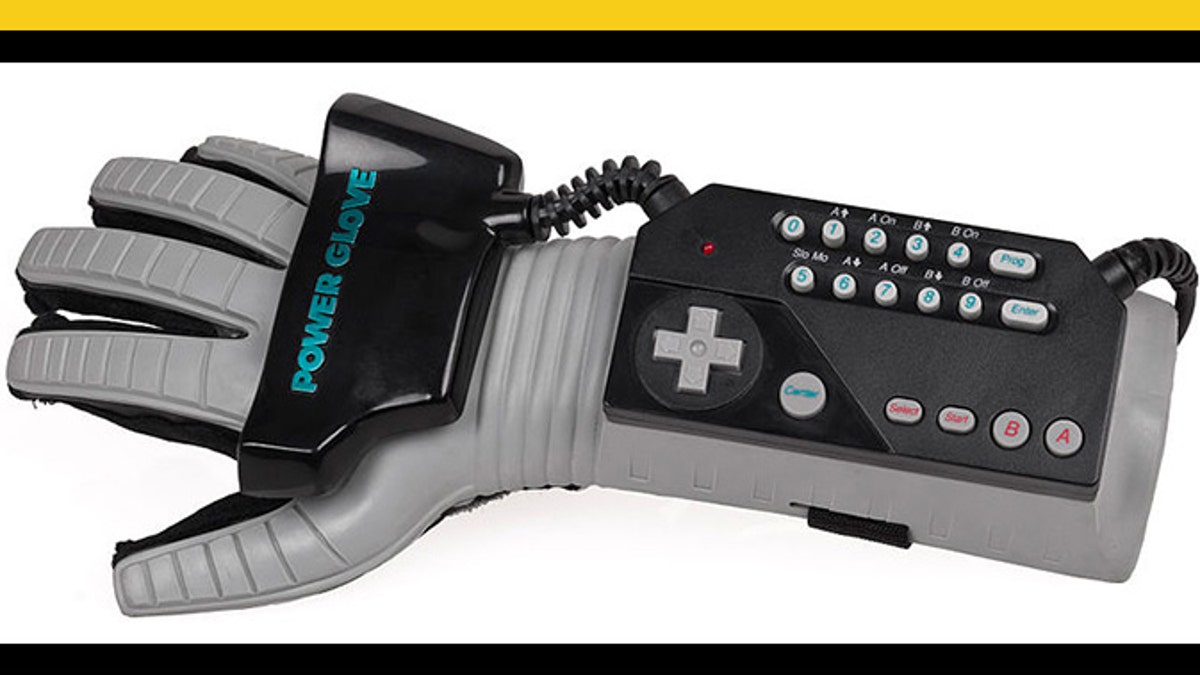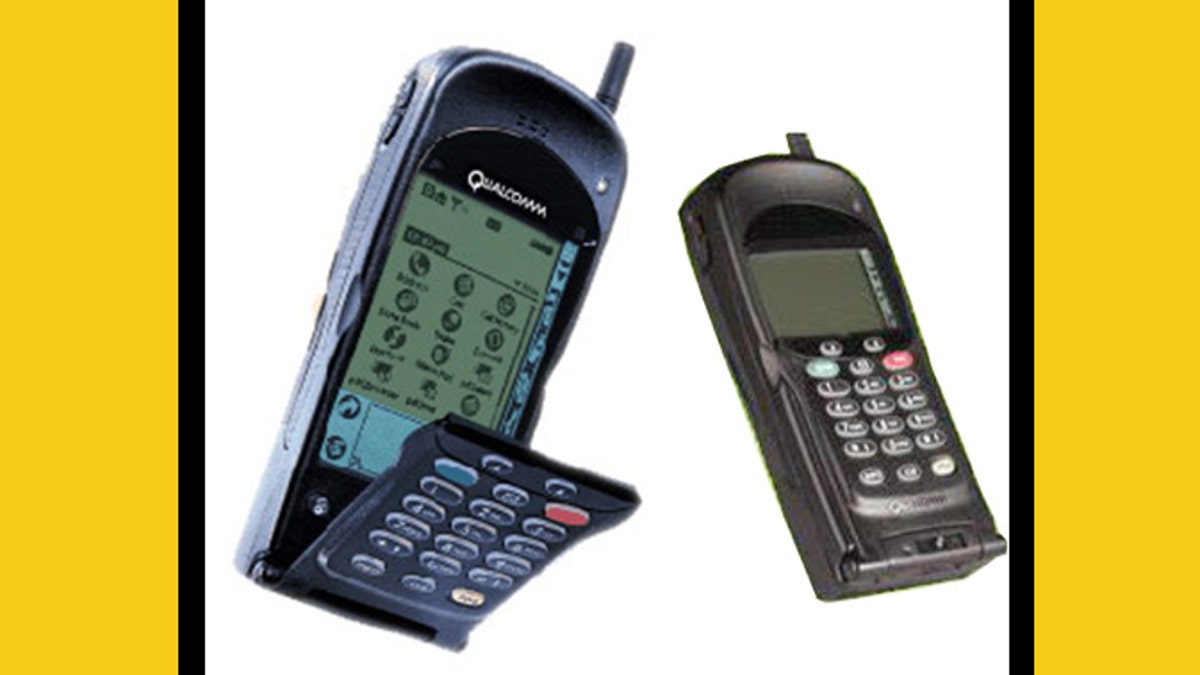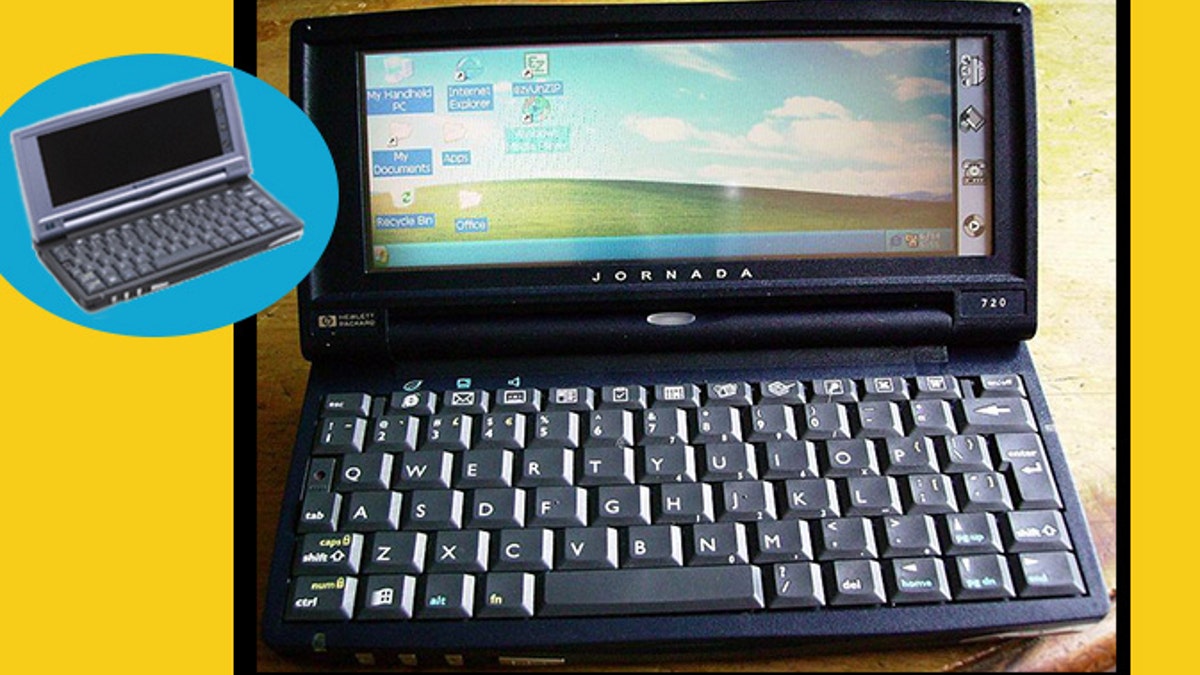A piece of technology doesn’t have to be a hit for it to be a milestone. In fact, some of the most important gadgets flopped, as it takes years of refinement for any given product category to resonate with mainstream consumers.
For pioneering companies, it’s about pointing the way for an industry through innovation and risk taking. Remember the first stab at a smartphone, or the first mass-market digital camera? Did you know the first video call was placed while Lyndon Johnson was in office?
Although these 12 gadgets enjoyed various degrees of commercial success, they all should be remembered for being ahead of their time.
1. Mattel Power Glove (1989)

(Mattel)
Nintendo took gaming in an exciting new direction in 2006 with the Wii and its motion-sensing remote, but the technology didn't exactly come from nowhere. The company likely took inspiration from the failed Mattel Power Glove, which debuted in 1989.
This geek-chic accessory was a controller for the Nintendo Entertainment System that used hand gestures for gameplay. Unfortunately, the Power Glove wasn't half as precise as the Wii remote, but it represented an important first step on the path to motion-based gaming. Now, it's the Xbox One's turn to take this category to the next level.
More: 10 Killer Xbox One Launch Games
2. Qualcomm pdQ (1999)

(Qualcomm)
Right as the PDA market was nearing its peak, Qualcomm took the digital versions of peanut butter and chocolate and crammed them together. What was missing from the Palm Pilot was communication, and the pdQ delivered it in a huge 9.8-ounce package.
For the first time ever, users could place a call from the Palm Address Book (a big deal back then), and APIs gave third-party developers access to the pdQ's features. The $799 price was quite high, as was the 1.3-inch profile, but this ambitious hybrid blazed a trail for an entire industry.
More: Best Smartphones 2013
3. AT&T Picturephone (1964)

(AT&T)
Making its debut at the New York World's Fair in 1964, the AT&T Picturephone enabled the first transcontinental video call between that venue and Disneyland. The Mod 1 was the first Picturephone on display, which packed a Plumbicon camera and a small CRT display within its oval housing.
Similar to today's laptop webcams, the Picturephone's camera was located atop the screen in order to help users see eye to eye. Six years later, AT&T rolled out Picturephones commercially in Pittsburgh, but the units proved to be too bulky and pricey. It wouldn't be until much later, with the advent of services like Skype (for the desktop) and FaceTime (for the iPhone and iPad) that video calling would go mainstream.
More: Best Smartphones 2013
4. Electronic Quarterback (1978)

(Coleco)
I'm proud to admit I owned one of the first-ever handheld gaming devices when I was a kid. Electronic Quarterback, made by Coleco, was awesomely addictive. This very simple diversion consisted of a series of lines on the screen representing players that you moved with thick buttons. There was also a physical switch for toggling between kick and pass modes.
The original Nintendo Game Boy (which was obviously more versatile) wouldn't debut until 12 years later, and now, the mobile gaming industry (led by smartphones) is expected to rake in $8 billion this year. Believe it or not, Electronic Quarterback is available on the Google Play store — in case you're willing to spend a buck to reminisce.
More: Top 12 Android Games
5. Logitech Fotoman (1990)

(Logitech)
The first truly digital camera wasn't made by Canon, Nikon or Olympus, but a company best known for its computer mice. The Logitech Fotoman (also known as the Dycam Model 1), shot in lowly 320 × 240-pixel resolution in black and white, but you could store 32 shots to the 1MB of internal memory.
For $980, you could be the first on your block to avoid developing film. Mind you, the Fotoman didn't have a built-in LCD like today's digicams; you had to plug it into a PC via a serial port to view the photos. Today, most consumers use smartphones — rather than digital point-and-shoots — to take and share pictures on the go, but innovations like the Fotoman made this evolution possible.
More: 10 Amazing Pictures Taken with the Lumia 1020
6. HP Jornada 720 (2001)

(HP)
Long before netbooks hit the mobile computing scene, the Jornada 720 gave road warriors a combination between a PDA and a mini laptop that they could take anywhere. This 1.1-lb. device ran Microsoft's Windows Handheld PC 2000 OS, based on the same Windows CE software that powered Pocket PCs (remember those?). Pocket versions of Word, Excel and PowerPoint were onboard for productivity, along with a keyboard three-quarters the size of a normal one.
The Jornada 720's 6.5-inch touch screen (640 × 240 pixels) was pretty sharp for the time, and the 206-MHz ARM processor was zippy enough for everyday tasks. Alas, you needed to buy a Type II PC Card to get wireless connectivity — after all, this was before the Wi-Fi era — but overall, the 720 pointed the way toward today's instant-on Ultrabooks.
See even more gadgets that were far ahead of their time in the full list at Laptopmag.com.




















